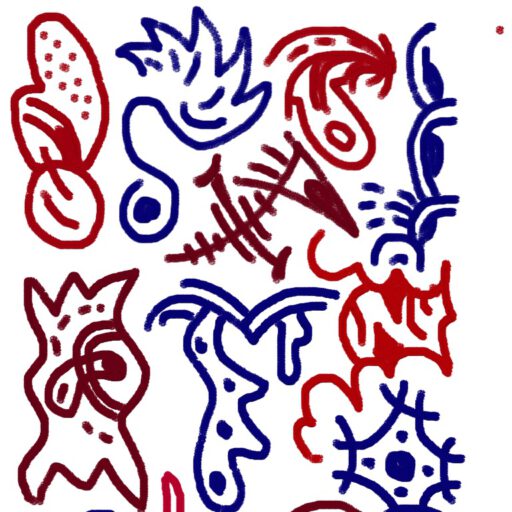-
The 2k challenge
Fascinating, the number of formats out there. Longshot Island does me the favor to define precise criteria: Usually stories with more characters work better than stories with fewer characters. Check. Lots of spiky characters, that’s the easy bit. We prefer shorter stories, 500 words to 2,500 in length. Wordcount feels kind of low, even for shorts. The…
-
Narrative beats
Amazing, the amount of terminology one needs to master to discuss book quality issues. Newest addition, courtesy of Ally Machate, owner of The Writer’s Ally via LinkedIn: ‘Beat’, as in narrative beats. Repetitive beats as one major cause of boredom, makes loads of sense. Even novice me experiences occasional rewriting urges associated with a feeling of ‘We’ve been…
-
Target audience?
One more LinkedIn learning, and I once again lost track of the advice, meaning I can’t thank the author personally. Bad Troim. Anyway, I do recall the advice: “Know your target audience. ” Well, this is either very easy or borderline impossible. At first glance it’s a no-brainer: I’m the target audience. I’m first and foremost…
-
Obsessed with visuals
In principle, Think-o-mat doesn’t progress too badly, on the plot and character side of issues. Chapter 6 will be available by the end of the week. But style remains a huge concern… The third language issue is solved by having been declared a feature. Rewriting after a gap of at least one day is both…
